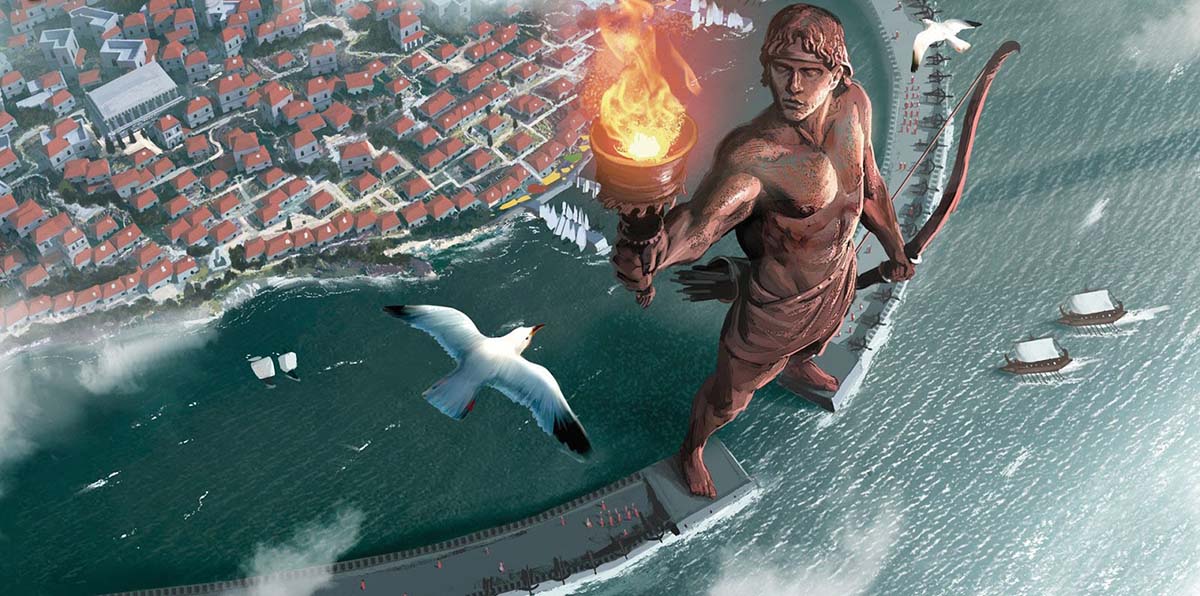
Today the modern world has chosen its own wonders, but historically the Wonders of the Ancient World They are the best known and the ones that have awakened the imagination of all of us.
Who has not dreamed of walking through the Hanging Gardens of Babylon, seeing the Lighthouse of Alexandria lit or stopping at the foot of the Colossus of Rhodes, for example? Today we will talk about this last wonder, a colossal statue that was once on the island of Rhodes, in Greece.
Rhodes
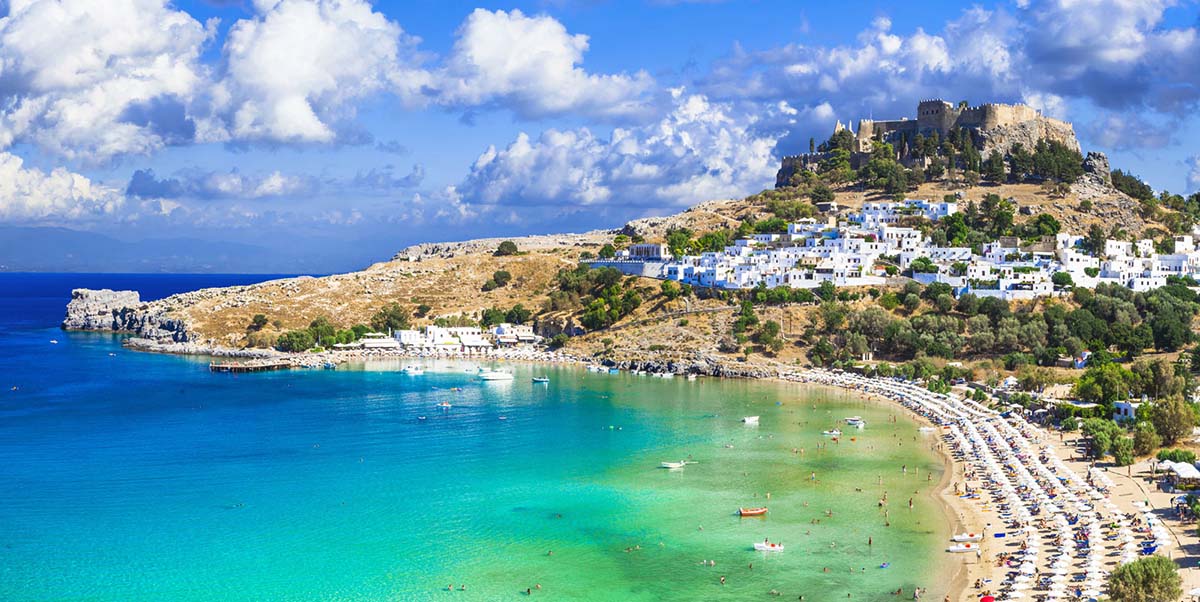
Rhodes It is the largest island of the Dodecanese Islands, is off the Turkish coast and a chain of mountains runs through it from north to south. It has centuries of history because many peoples have passed through here, the Minoans, the Dorians, the Greeks, Romans, Byzantium, Ottomans, Italians, for example.
The medieval city of Rhodes has been declared Heritage and today, although it no longer stands tall as it once did, the island is also popular for the Colossus of Rhodes.
The Colossus of Rhodes
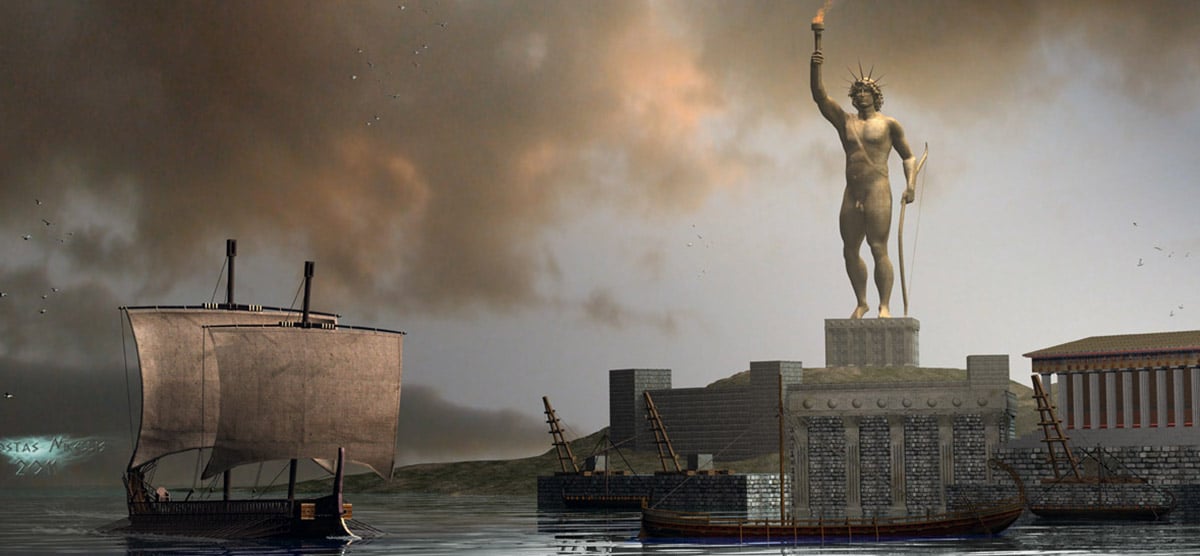
The story of the colossus begins with the site of Demetrios Poliorketes, the successor of Alejando el Grande, around the year 305 BC Demetrios he was defeated and on leaving Rhodes he left behind all the war machinery of the site. The victors, for their part, decided to commemorate their courage and victory by building a huge statue of their favorite god: Helios, the sun god.
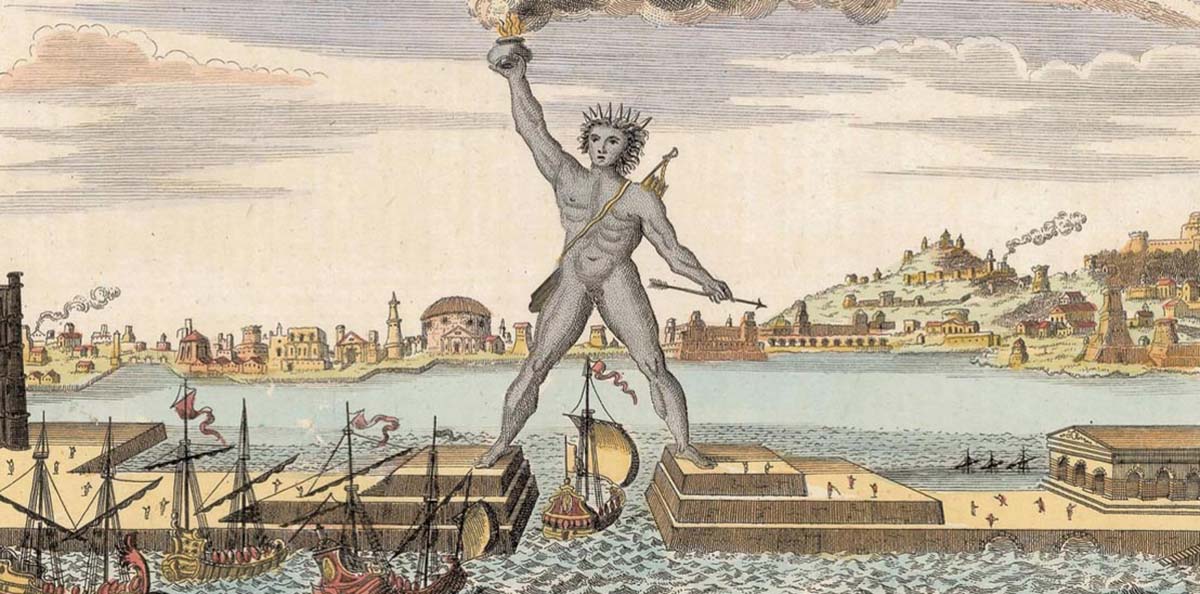
It seems that the task fell to the sculptor Chares de Lindos, a disciple of Lysippos (in turn responsible for the 19-meter statue of Zeus), and it took twelve years in concluding the work. The Colossus of Rhodes had a white marble base and on it the feet of the colossus were fixed first. Thus, little by little, the sculpture was taking shape upwards with external parts of bronze fortified with iron and stone in its skeleton. As it got taller, ramps were needed so there was a constant process of assembling and disassembling scaffold structures.
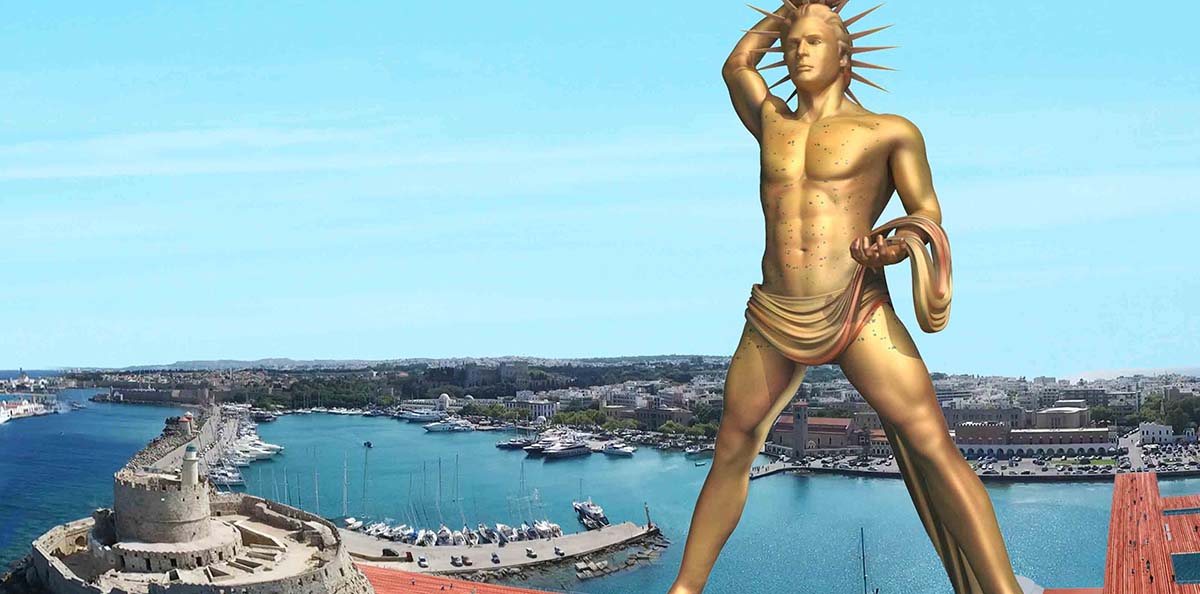
The builders chose bronze, an alloy of copper and iron, to care for the statue. However, the colossus had an iron skeleton and bronze plates were placed on it, which is certainly stronger than iron and can withstand very adverse weather conditions, in this case wind and salt-laden water.
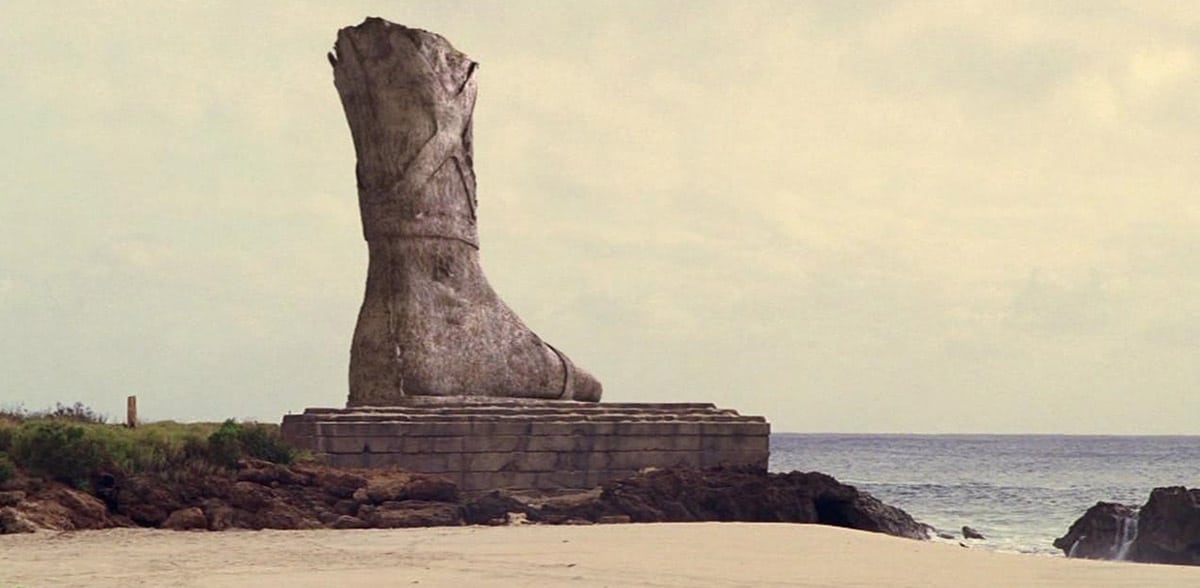
The Colossus of Rhodes was 33 meters high but only stood for about 56 years. In 266 BC the island of Rhodes suffered a great earthquake. The city suffered a lot of damage and the same Colossus broke in its weakest part, the ankle. By then the island had good relations with the Egyptian rulers, so Ptolemy III offered to cover the costs of the restoration.
However, the islanders consulted an oracle, the famous Oracle of Delphi, and this is said that restoration was not a good idea so in the end the island declined the generous proposal of the Egyptian sovereign. Thus, eThe Colossus was left in ruins for ... well, almost eternity well it was never rebuilt. Much of what we know about him comes to us through the words of Pliny the Elder, who said that "even lying on the floor he is wonderful."
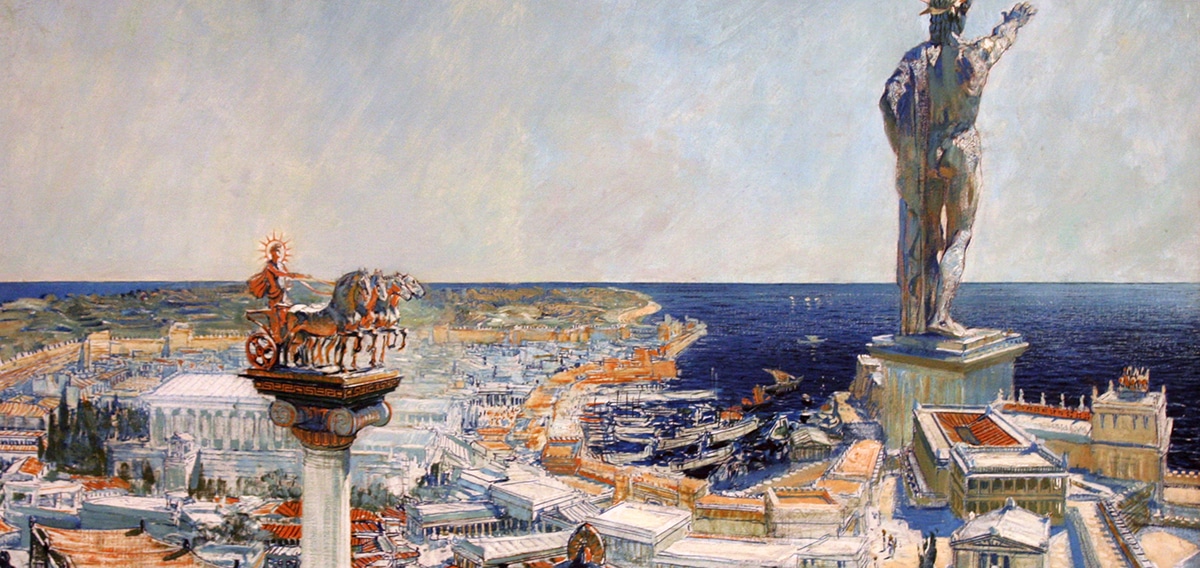
The point is that the Colossus of Rhodes was ruined by almost a thousand years. In 654 AD the Arabs invaded the island of Rhodes and they did not hesitate long disassemble what was left of the sculpture and sell the material to the Jews of Syria. The story that they were transported on 900 camels has survived to this day. Could it have been so? What a show!
The truth then is that such a wonder of the ancient world only remained standing for just over half a century and lying down for 90% of its existence. Still, it was so incredible that it became part of the select group of Wonders of the Ancient World. Many of the images we see, reconstructions, they locate it in the Mandraki port, one of the many ports on the island, but it's hard to believe knowing the exuberant measurements of the structure.
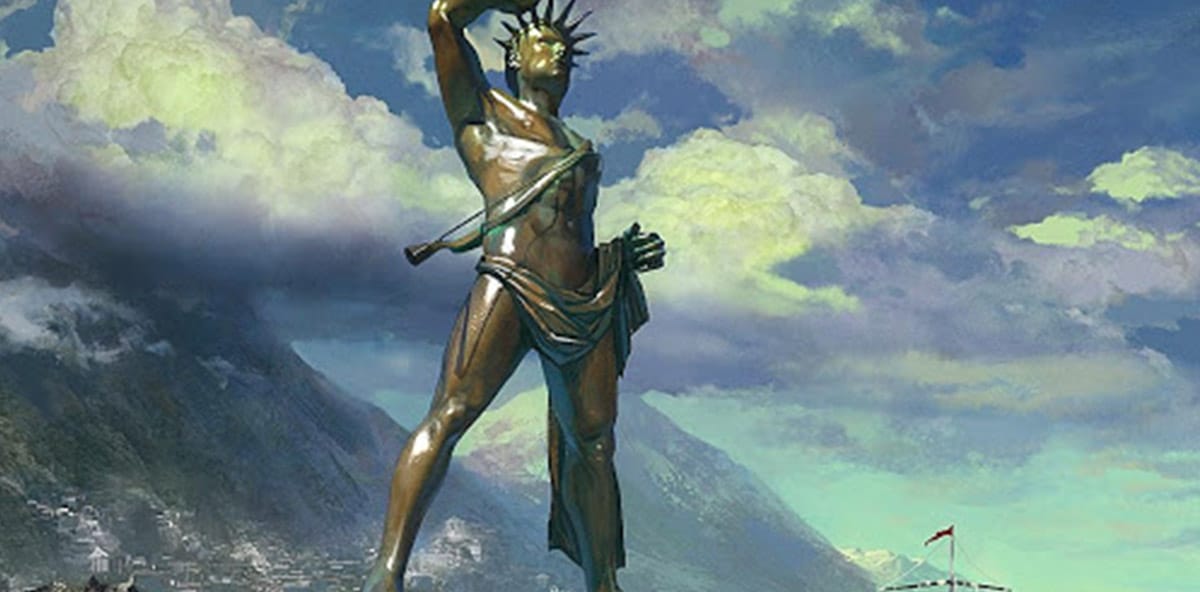
At that height and weight it is highly unlikely or almost impossible that he would get up there. Even the broken pieces should have fallen into the water after the earthquake, so more recent studies suggest that it must have risen on some promontory near the harbor or a little inland. Whatever, never at the very entrance to the harbor.
If we think of all the wonders of that time, the only one left standing is the Great Pyramid of Giza, in Egypt. A shame Good that in 2008. the island government announced that it was seriously considering building a new Colossus that, it would not be a replica, but something more modern and lighter. There was even talk of its sculptor, the German Gert Hof, who would work from Cologne with some cast weapons from all over the world.
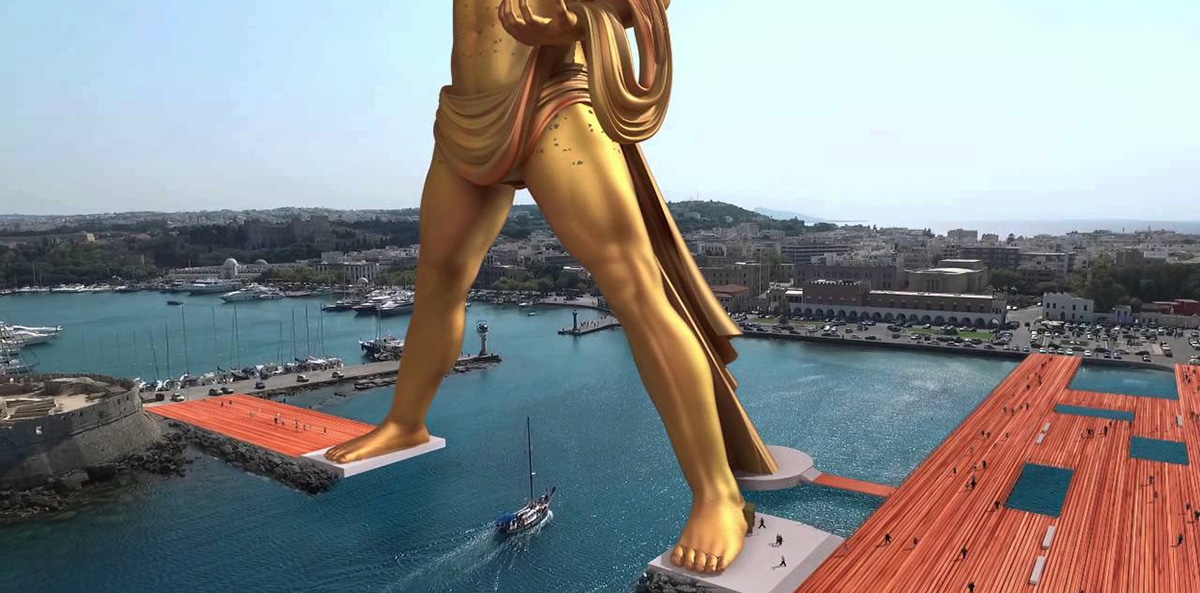
That in 2008, but in 2015 another story appeared about a group of architects from Europe who intended to build another Colossus joining the docks at the entrance to the port, ignoring the general idea that this site was precisely neither the original, nor the correct one, nor the possible one. There was talk of a 150 meter tall statue, five times taller than the original, built with donations and that will include a library, a lighthouse powered by solar panels and more.
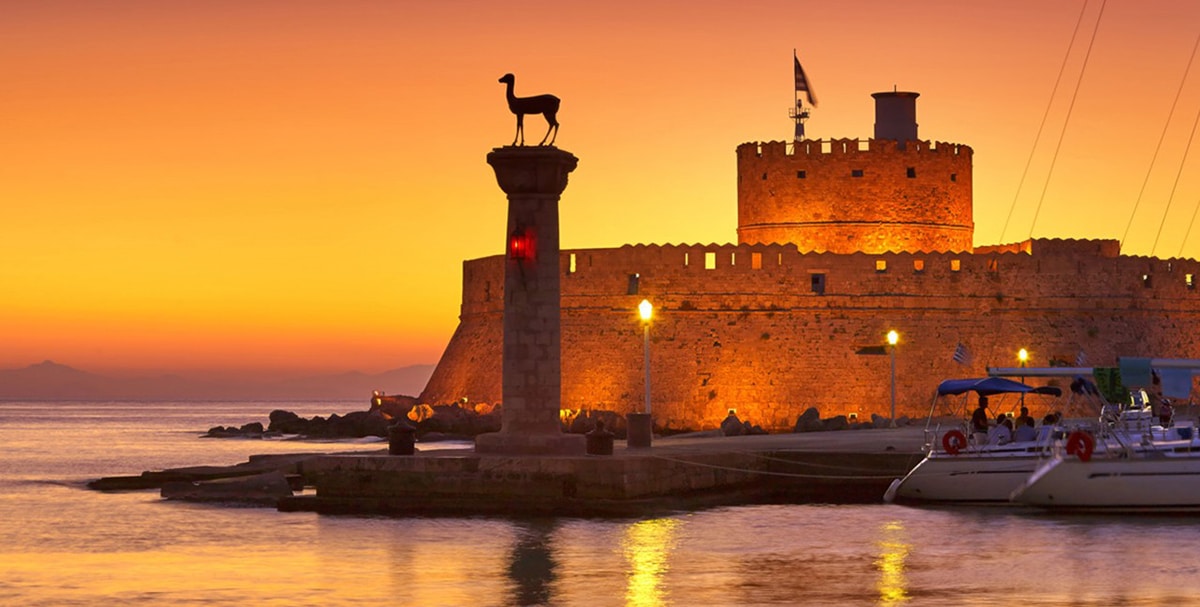
For now, as you must be imagining neither one project nor the other has advanced. But that shouldn't be a reason not to travel to Rhodes! In fact, the island is a fantastic travel destination, with many historical sites and beautiful beaches. To be in Rhodes is to visit the past: there are Byzantine castles, forts, churches and monasteries, there is the Acropolis of the city of Lindos, the medieval clock tower, the Acropolis of Rhodes ...
And to close, in the Palace of the Grand Master of Rhodes there is an exhibition called «Ancient Rhodes, 2400 years». The building is itself a treasure with a lower floor from the 40th century and medieval upper floors hidden in a more modern construction from the 12s of the 1993th century. The exhibition occupies 2400 rooms and dates back to XNUMX, when the city was founded XNUMX years ago. The collection is superb and today it is part of the museum's permanent display.